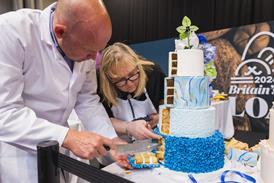Popular performers
Major brands may well dominate the soft drinks sector, but it is still an evolving market, with changes in preference for flavours and formats. The Office for National Statistics (ONS) recently published its 2010 Basket of Goods and Services for the Consumer and Retail Prices Indexes, and made a couple ...
To continue reading, register for free
You are what you read, registration is quick, easy and free. Just click register now and you’ll be finished faster than it takes you to butter a crumpet!
Don’t miss out:
- Unlimited access to content
- Regular newsletters to your inbox
- Save articles to read later on
- A more personalised experience
Already registered? Please log-in here


















